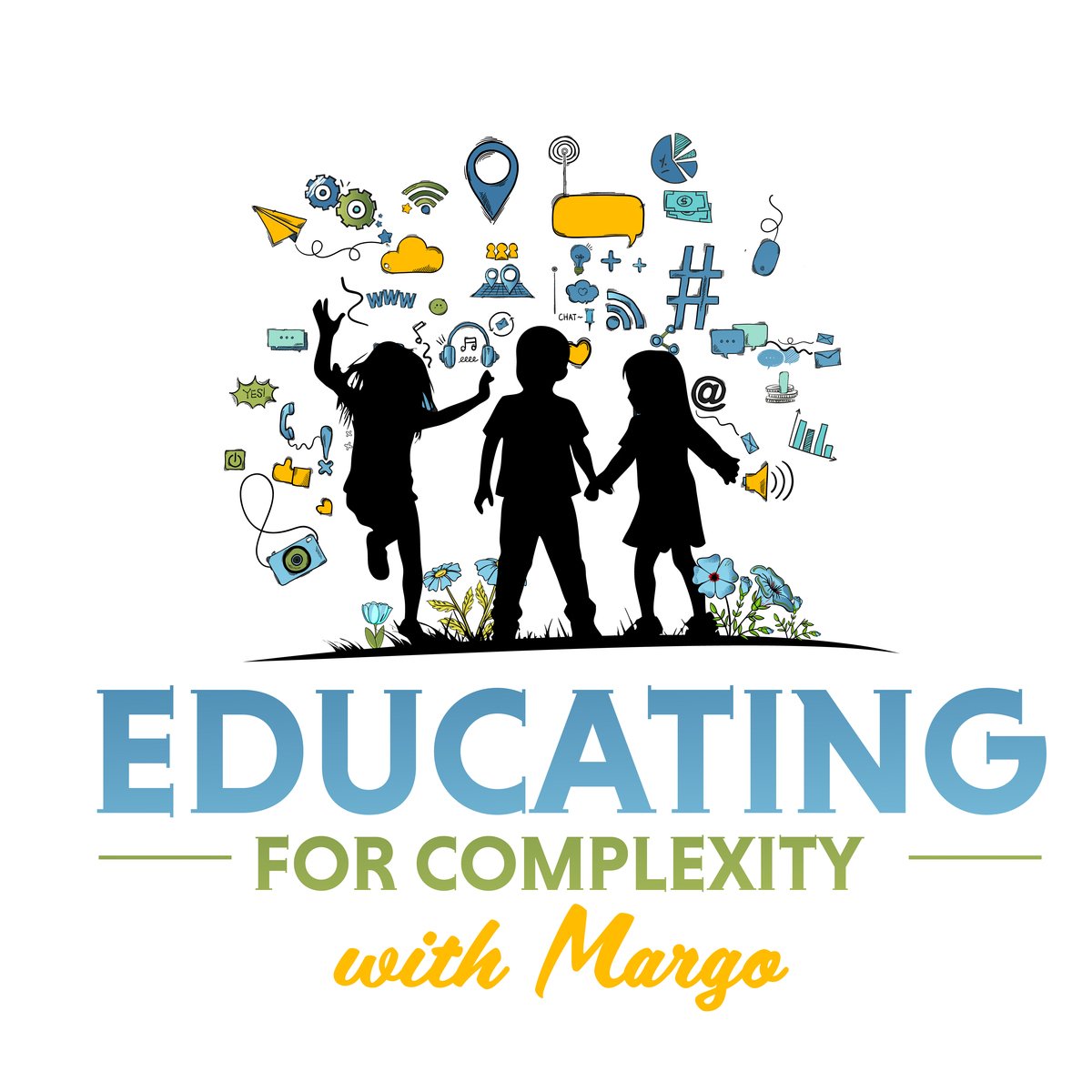When Kids Check Out—and Parents Don’t Know It
There’s no shortage of headlines about kids feeling anxious, bored, or simply done with school. Meanwhile, the dopamine drip of social media has captured the hearts, minds, and fingertips of our children. YouTube has replaced Hollywood. Instagram and X (née Twitter) have become the town squares of “all the news fit to post”—and all of it’s free, thanks to the ever-generous tech overlords. Bless their algorithms.
But while we talk endlessly about screen time and digital distractions, there’s a quieter voice missing from the conversation—our kids’ own perspectives on learning. How do they feel about school? About education? About their futures?
As someone who writes for parents trying to future-proof their children’s education, I found The Disengagement Gap: Why Student Engagement Isn’t What Parents Expect to be a treasure trove of insight—and, frankly, a wake-up call. It answered the quiet questions so many of us have about what’s really going on at school.
Here’s what I took away from the report—along with what you, as a parent, can actually do about it.
📊 The Big Ideas (With Hard-Hitting Data)
1. There’s a Huge Gap Between What Parents Think and What Kids Experience
We think our kids are thriving more than they actually are.
65% of parents of 10th graders think their child loves school.
Only 26% of those kids agree.
78% of parents believe their child is learning a lot.
Just 60% of students say that’s true.
That’s not just a gap—it’s a canyon.
2. Engagement Declines As Kids Get Older
The older they get, the less they enjoy or value school. (Ouch—especially when you consider how much we spend on education.)
In 3rd grade, 74% of students say they love school.
By 10th grade, it drops to 26%.
Learning follows the same trend: from 86% in 3rd grade to 44% in 10th.
At a time when their brains are wired for curiosity and connection, school seems to be snuffing that spark. We are on a roller coaster towards a future that we have to navigate with intention and with as much forecasting as possible. While we do not know what we do not know, we certainly know that curious critical thinking people of the world are engaged are creators of new ideas and ways of living - thriving in this global shift.
3. The “Four Modes” of Student Engagement Explain What’s Going On
The report introduces four engagement profiles:
Resister – Actively disengaged and disruptive.
Passenger – Doing the bare minimum, coasting.
Achiever – Striving for grades, but often stressed and perfectionistic.
Explorer – Fully engaged, curious, creative (only 7% of students land here).
These modes help parents understand what’s happening beneath the surface—beyond grades or behavior. But here's the kicker: students, the ones most affected, are rarely asked how they feel about school. That’s a conversation we desperately need to have.
4. Schools Aren’t Measuring the Right Things
Most schools focus on grades, attendance, and discipline—metrics that miss the human side of learning. Tools like Matthew Savage’s “Mona Lisa Effect” push us to look deeper, inviting educators and parents to notice whether children feel seen. It’s one approach—there are many—but what matters is that we start prioritizing student voice.
5. Environment Shapes Engagement More Than We Think
Engagement isn’t fixed—it’s responsive. It rises when kids feel supported, curious, and connected. It falls when they feel unseen, unheard, or overwhelmed.
Students in suburban schools report more positive experiences than their urban or rural peers—often because of stronger resources and community supports. But any school can cultivate better environments by rethinking relationships, autonomy, and the relevance of what’s being taught.
👨👩👧👦 Why This Report Should Matter to You
Dear fellow parent or caregiver: your voice is powerful, and your instincts are often spot on. Here are five reasons to pay close attention—and a few ways to take action.
1. Grades Aren’t the Whole Story
Good grades can hide bad vibes. A “Passenger” student may ace tests but be emotionally checked out.
📝 Try this: Don’t just ask “How are your grades?” Ask, “What did you love learning this week?” or “When did school feel meaningful today
2. Engagement = Future-Readiness
Explorer-mode students—curious, self-driven, resilient—are best equipped for a rapidly changing, AI-powered world.
🛠 Coaching Note: Seek out programs that nurture creativity and initiative. (My organization, Elevate Dreamers, offers entrepreneurship challenges designed exactly for this.)
3. Parents Can Shape Engagement More Than We Think
How we talk about learning at home matters more than our education level or zip code.
🛠 Coaching Note: Use the Four Modes of Engagement to spark conversation. "Which one sounds like you?" is a great way to learn what’s really going on.
4. Advocate for Opportunity—Not Just Accountability
Some schools restrict extracurriculars for low-performing students—cutting off the very things that spark engagement in the first place.
🛠 Coaching Note: Push for inclusive policies that give all students access to clubs, sports, and creative outlets—regardless of GPA.
5. You’re the Most Powerful Stakeholder in the Room
You don’t need to micromanage every school policy. But don’t underestimate the power of collective parent voices in reshaping school culture. Ask better questions. Advocate boldly. Create community.
And on a final note…..
We talk a lot about preparing kids for the future. But what if the best preparation is making sure they love learning today?
Let’s help our kids become Explorers—not just in school, but in life.

